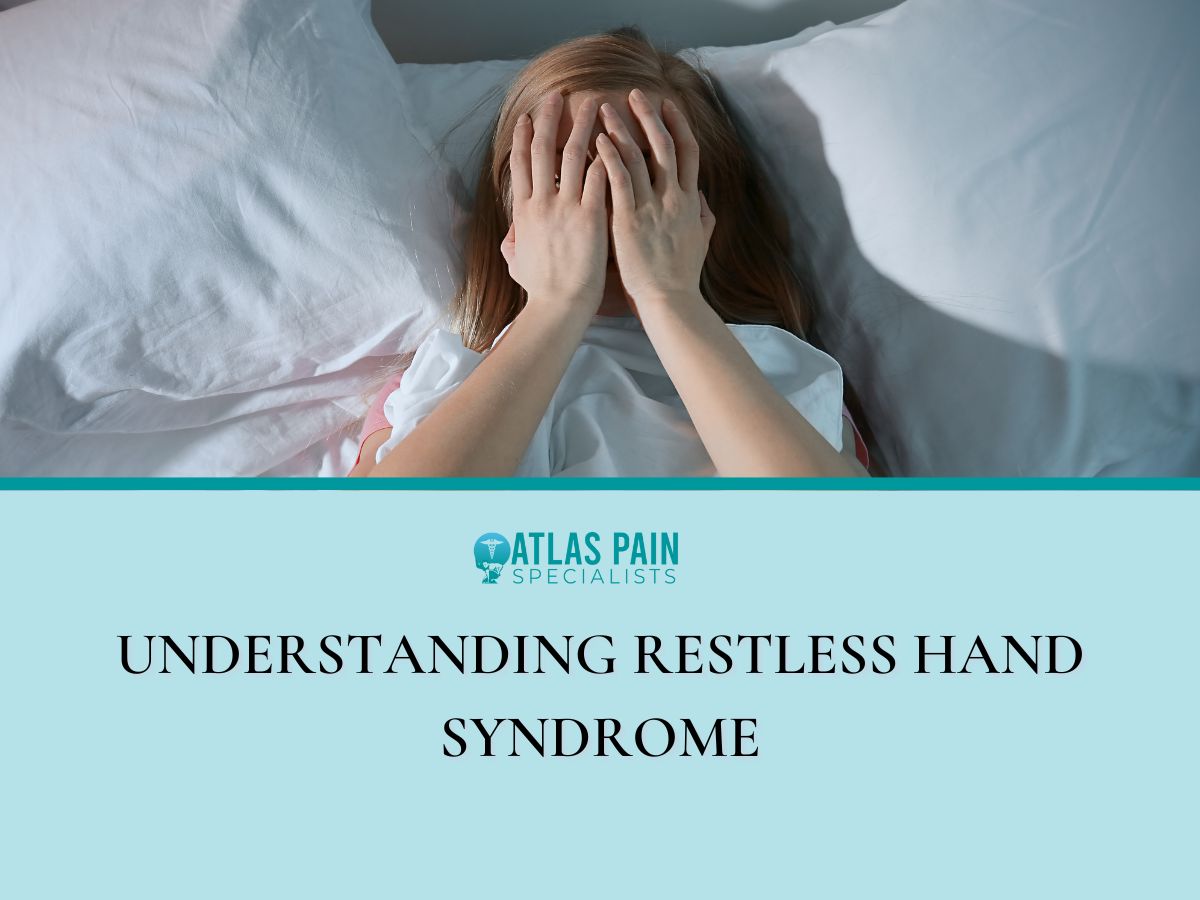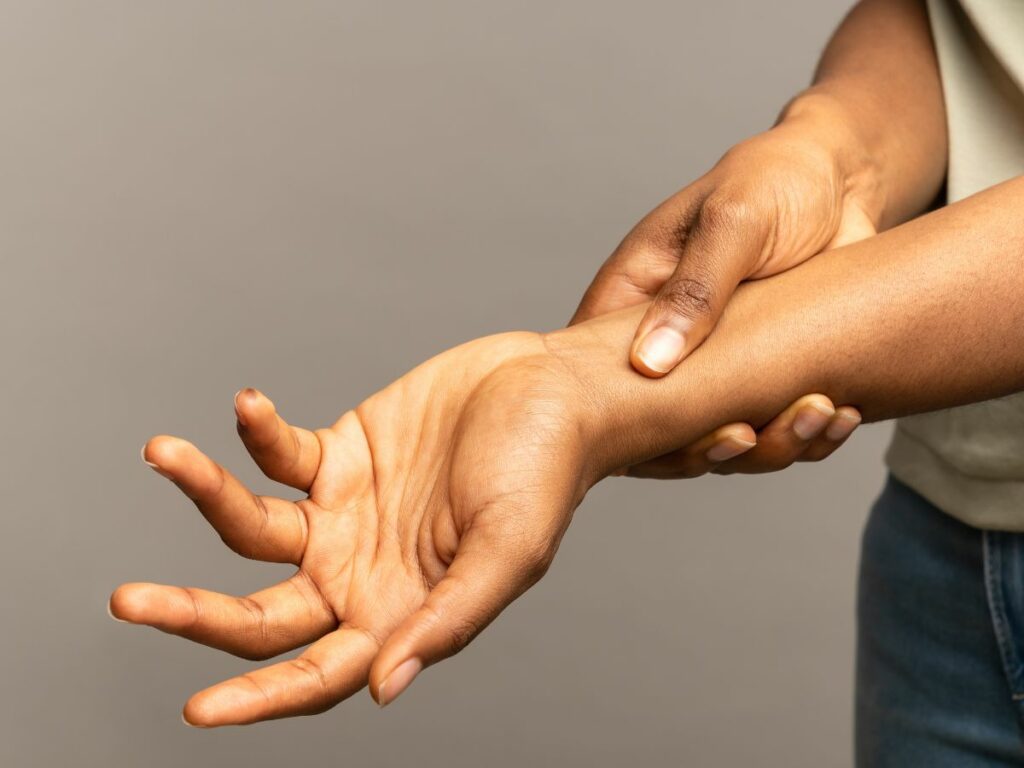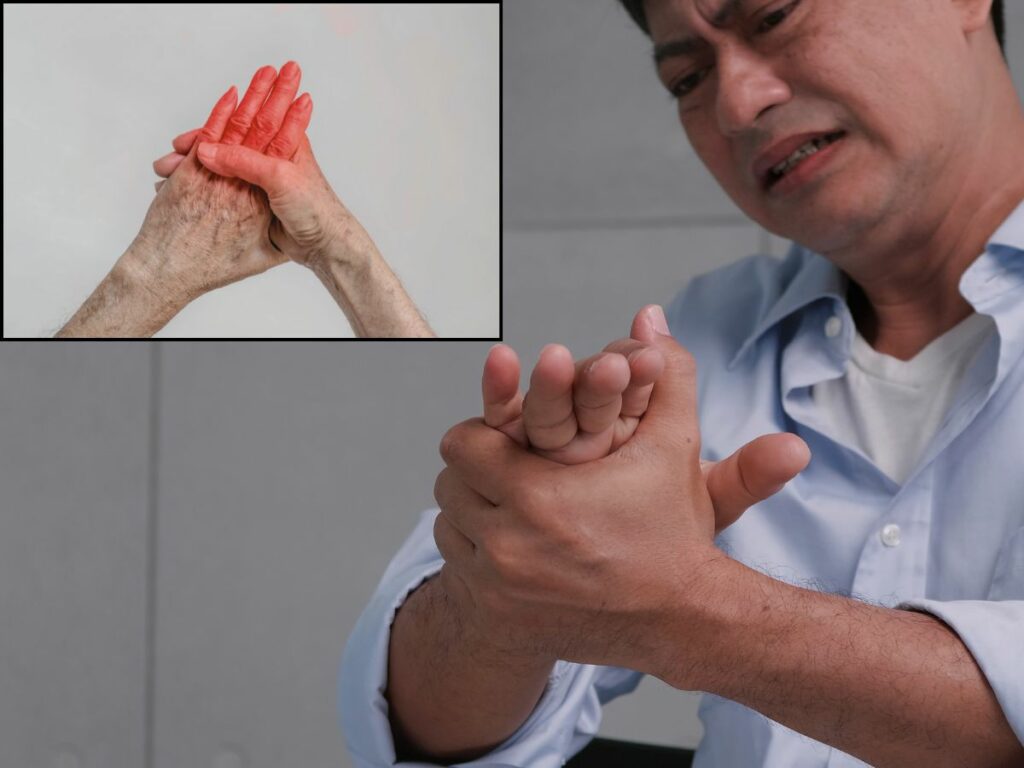

Understanding Restless Hand Syndrome
Restless Hand Syndrome (RHS) is a relatively lesser-known neurological condition that resembles the more widely recognized Restless Legs Syndrome (RLS). Individuals affected by RHS experience an uncontrollable urge to move their hands, often accompanied by uncomfortable sensations such as tingling, crawling, or itching. While RLS typically affects the lower limbs, RHS specifically targets the hands, making tasks that require stillness, like typing, writing, or resting, challenging.
Despite being under-researched and sometimes misdiagnosed, Restless Hand Syndrome can significantly affect a person's quality of life. This article aims to shed light on the condition by exploring its symptoms, causes, diagnosis, and available treatment options.
What Is Restless Hand Syndrome?
Restless Hand Syndrome (RHS) is a neurological condition where individuals feel a strong, often uncontrollable urge to move their hands, usually due to uncomfortable sensations like tingling, itching, or a crawling feeling. These symptoms typically become more noticeable during periods of rest or inactivity, especially in the evening or at night, and are temporarily relieved by moving the hands. RHS is thought to be a variant of Restless Legs Syndrome (RLS), though it is less commonly recognized and not officially classified as a distinct disorder.
People affected by RHS may struggle with sleep and daily tasks that require steady hands, such as writing or typing. The condition is believed to involve disruptions in dopamine activity in the brain, with potential contributing factors including low iron levels, genetic predisposition, or the use of certain medications.
Key Characteristics of Restless Hand Syndrome
Restless Hand Syndrome (RHS) presents with several distinct features that help differentiate it from other neurological or muscular conditions. Understanding these key characteristics is essential for recognizing and managing the disorder effectively.
1. Urge to Move the Hands
One of the hallmarks of RHS is a persistent and often overwhelming urge to move the hands. This urge is typically driven by discomfort and temporarily subsides with motion such as stretching, shaking, or massaging the hands.

2. Symptoms Worsen During Inactivity
RHS symptoms tend to become more noticeable during periods of rest, such as sitting quietly or lying in bed. This can make it particularly disruptive at night, interfering with the ability to fall or stay asleep.

3. Evening or Nighttime Intensification
Many individuals report that their symptoms become more severe in the evening or at night. This circadian pattern is similar to that seen in Restless Legs Syndrome and may be linked to fluctuations in dopamine levels throughout the day.
4. Temporary Relief with Movement
A defining feature of RHS is the temporary relief achieved by moving the hands. Though the relief is short-lived, repetitive motion often becomes a coping mechanism to manage the discomfort.
5. Sensory Discomfort in the Hands
People with RHS commonly describe unpleasant sensations such as tingling, crawling, burning, or itching in their hands. These sensations are not usually associated with skin conditions or injuries and are instead linked to nervous system activity.

The key characteristics of Restless Hand Syndrome revolve around sensory discomfort and an uncontrollable need to move the hands, especially during rest and at night. Recognizing these traits can aid in early identification and better symptom management.
Unraveling the Causes: What Triggers Restless Hands?
Restless Hand Syndrome (RHS) can be triggered by a combination of neurological, physiological, and environmental factors. While research on RHS is still developing, several underlying causes and risk factors have been identified that may contribute to the onset or worsening of symptoms.
1. Dopamine Imbalance
A dysfunction in the brain’s dopamine system is believed to play a central role in RHS. Dopamine is a neurotransmitter responsible for regulating movement, and when its levels are disrupted, it can lead to the involuntary movements and discomfort associated with RHS.
2. Iron Deficiency
Low iron levels, particularly in the brain, can impair dopamine production and function. This deficiency is commonly linked to similar conditions like Restless Legs Syndrome and is thought to be a significant contributor to RHS symptoms as well.
3. Genetic Predisposition
There is evidence suggesting that RHS may run in families, indicating a possible genetic component. Individuals with a family history of RLS or other movement disorders may have an increased risk of developing RHS.
4. Chronic Health Conditions
Certain medical conditions, such as diabetes, kidney disease, and peripheral neuropathy, can increase the likelihood of experiencing RHS. These conditions may affect nerve function or contribute to chemical imbalances that trigger symptoms.
5. Medications and Substances
Some medications, including antidepressants, antihistamines, and antipsychotics, have been known to provoke or worsen RHS symptoms. Additionally, excessive consumption of caffeine or alcohol may also play a role in triggering or intensifying the condition.
While the exact cause of Restless Hand Syndrome is not fully understood, a variety of biological and environmental factors appear to contribute. Identifying and addressing these triggers can be an important step toward effective symptom management and improved quality of life.
Unmasking Secondary RHS: Medical Conditions and Medications
In other instances, RHS can be secondary, meaning it arises due to an underlying medical condition. Some potential secondary causes include:
- Pregnancy: Hormonal changes and nutritional deficiencies during pregnancy can trigger or worsen RHS symptoms, often resolving after delivery.
- Chronic Kidney Disease: Kidney failure can lead to electrolyte imbalances and nerve damage, potentially contributing to RHS.
- Peripheral Neuropathy: Damage to the peripheral nerves, often caused by conditions like diabetes, can manifest as unusual sensations in the hands and feet.
- Certain Medications: Some medications, including certain antidepressants, antihistamines, and anti-nausea drugs, can exacerbate RHS symptoms.
- Other Medical Conditions: Conditions like rheumatoid arthritis, Sjogren's syndrome, and carpal tunnel syndrome might sometimes be associated with RHS-like symptoms, although these often have distinct underlying mechanisms.
It's important to discuss any existing health conditions or medications with your doctor to determine if they might be contributing to your RHS symptoms.
The Impact of Restless Hands: More Than Just an Annoyance
Restless Hand Syndrome (RHS) can have a far-reaching impact that goes well beyond the physical sensations in the hands. Though often dismissed as a minor nuisance, the condition can disrupt many areas of daily life, leading to emotional, social, and functional challenges.
1. Sleep Disturbance
One of the most significant effects of RHS is its interference with sleep. The constant urge to move the hands, especially at night, can lead to difficulty falling asleep or staying asleep, resulting in chronic fatigue and poor rest.
2. Reduced Productivity
Tasks that require concentration and steady hand use, such as typing, writing, or crafting, can become frustrating and inefficient. This can affect academic, professional, or creative pursuits, limiting performance and output.
3. Emotional and Mental Strain
Living with RHS often causes stress, irritability, and anxiety, particularly when symptoms are persistent or misunderstood. Over time, the mental toll of the condition can lead to feelings of isolation or depression.
4. Social Disruption
The need to constantly move or fidget with one’s hands may be perceived as odd or distracting in social settings. This can lead to self-consciousness or withdrawal from social interactions to avoid embarrassment.
5. Impact on Quality of Life
The cumulative effect of sleep problems, reduced function, and emotional stress can significantly lower overall quality of life. Even routine activities may become burdensome, contributing to a sense of frustration or helplessness.
Restless Hand Syndrome is more than a physical discomfort—it can deeply affect a person's well-being, performance, and social life. Recognizing its broader impact is essential for seeking appropriate support and treatment.
Diagnosing RHS: Navigating a Complex Process
Diagnosing RHS can be particularly difficult due to the absence of specific diagnostic criteria. It is often considered a diagnosis of exclusion, meaning other potential causes must be ruled out first through a careful clinical assessment.
1. Patient History
Gathering details about when symptoms occur, what triggers them, and what brings relief is essential. Patterns like nighttime onset and relief with movement can strongly suggest RHS.
2. Neurological Examination
A neurological exam helps rule out conditions such as carpal tunnel syndrome or neuropathy by checking for nerve compression, muscle weakness, or sensory issues.
3. Blood Tests
Tests may be done to check iron levels, kidney function, and vitamin status, as deficiencies or imbalances can contribute to RHS symptoms.
4. Sleep Study (Polysomnography)
In cases with significant sleep issues, a sleep study may detect movement-related disturbances or other sleep disorders, supporting an RHS diagnosis.
Because RHS lacks definitive tests, an accurate diagnosis depends on careful clinical evaluation and the elimination of other possible conditions. Consulting a neurologist or movement disorder specialist can help ensure proper diagnosis and treatment.
Finding Relief: Management and Treatment Strategies
Managing Restless Hand Syndrome (RHS) involves a combination of medical treatments, lifestyle changes, and supportive therapies aimed at reducing symptoms and improving quality of life. While there is no universal cure, many people find significant relief through targeted strategies tailored to their individual needs.
1. Lifestyle Modifications
Simple changes such as establishing a consistent sleep routine, engaging in regular exercise, and reducing caffeine or alcohol intake can help alleviate symptoms. Managing stress through techniques like meditation or deep breathing can also reduce symptom severity.
2. Medications
Doctors may prescribe medications that target the nervous system, such as dopamine agonists, which help regulate movement-related neurotransmitters. In some cases, anticonvulsants like gabapentin or low-dose opioids may be used for more severe symptoms.
3. Iron Supplementation
If blood tests reveal low iron or ferritin levels, iron supplements can be beneficial. Restoring proper iron levels may improve dopamine function and lessen RHS symptoms.
4. Physical and Occupational Therapy
Therapeutic exercises and hand-strengthening routines can improve motor control and reduce discomfort. Occupational therapists can also provide strategies to maintain hand function during daily activities.
5. Avoiding Triggers
Being mindful of factors that worsen symptoms, such as certain medications, stress, or overstimulation, can play a key role in symptom control. Tracking symptoms in a journal may help identify personal triggers and patterns.
With the right combination of medical support and self-care strategies, many individuals can manage their symptoms effectively and regain a sense of normalcy in their daily lives.
When to Seek Medical Attention
It's wise to consult a healthcare professional if you suspect you have Restless Hand Syndrome. Recognizing the signs that warrant medical attention can lead to earlier diagnosis and management, ultimately improving your quality of life.
- Sleep Disruption: If symptoms regularly keep you from falling or staying asleep, seek medical advice to prevent long-term health effects.
- Worsening or Severe Symptoms: Consult a doctor if discomfort is intense or progressively getting worse.
- Daily Interference: Get help if RHS makes it hard to do everyday activities like writing, reading, or working.
- Other Symptoms Present: See a doctor if you also experience numbness, weakness, pain, or have conditions like diabetes or kidney disease.
Don't hesitate to seek medical attention if your restless hand symptoms are impacting your sleep, worsening in severity, interfering with your daily life, or accompanied by other concerning signs.
Conclusion
Restless Hand Syndrome (RHS) causes an urge to move the hands due to uncomfortable sensations, worsening mostly at rest or at night. It shares causes like dopamine imbalance and iron deficiency with Restless Legs Syndrome and can disrupt sleep, daily activities, and emotional health.
Diagnosing RHS involves ruling out other conditions through history, exams, blood tests, and sometimes sleep studies. Though there’s no cure, symptoms can be managed with lifestyle changes, medication, therapy, and avoiding triggers, helping improve quality of life.
About Dr. Sean Ormond



